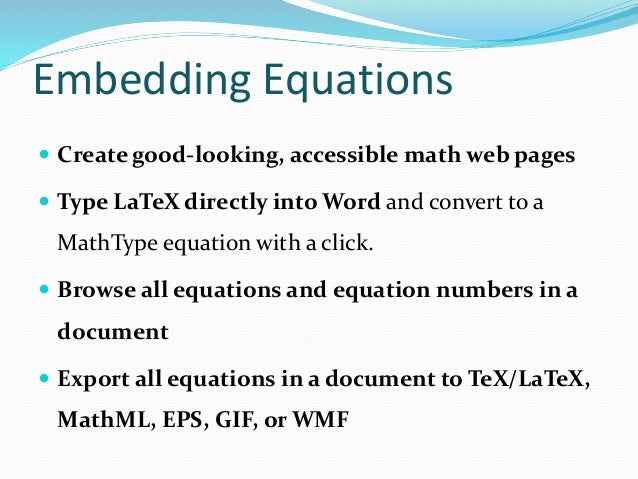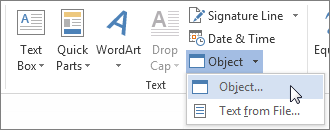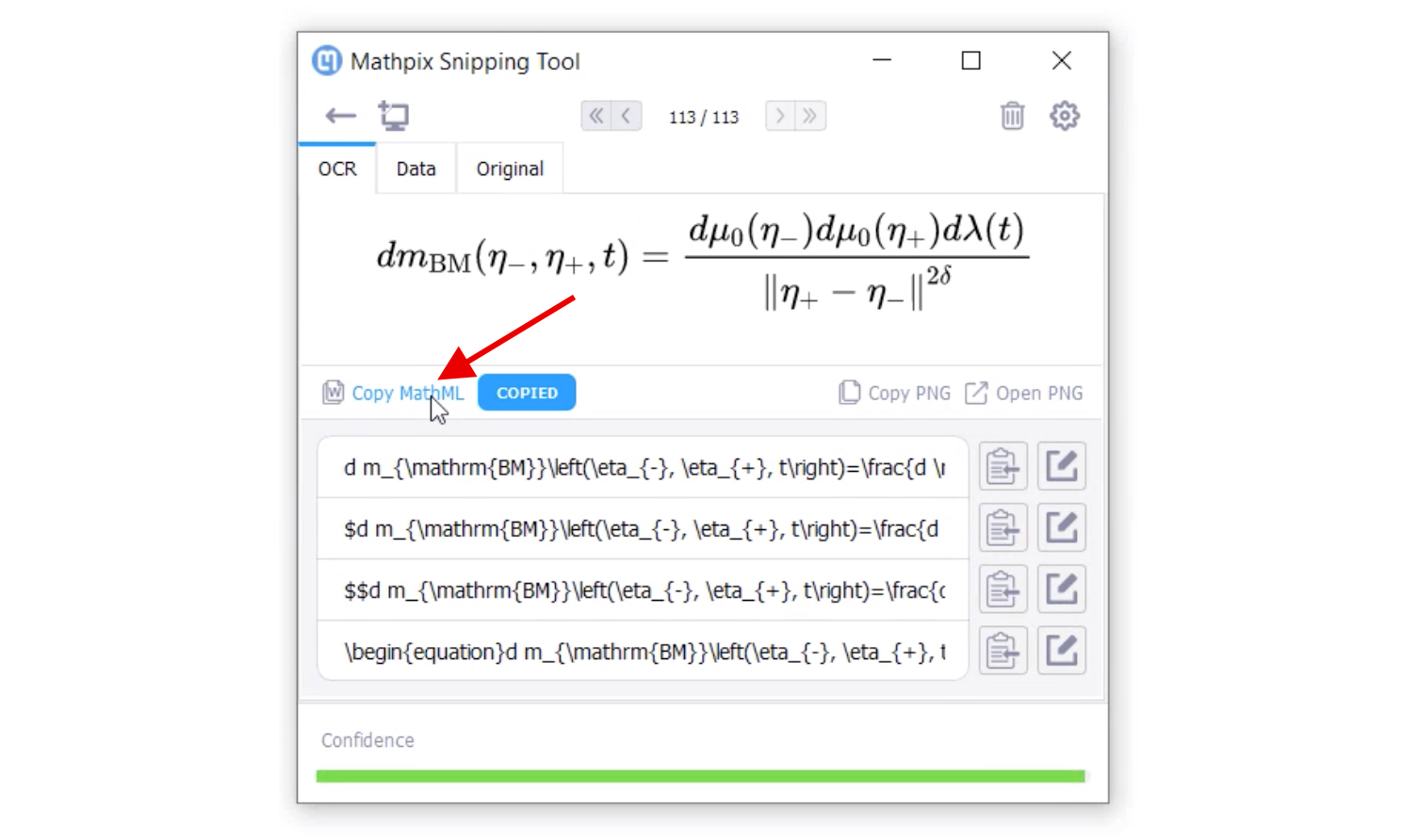

EquatIOĮquatIO provides multiple ways for you to work with math notation: you can type, hand write or speak your math expressions into the EquatIO editor. With these options, all of your learners can be successful at learning math. Just reading the content aloud, without considering the order in which the parts of an expression need to be grouped, can cause confusion. Fortunately, text-to-speech technologies are becoming smarter and more capable of interpreting math notation accurately to support access and understanding. Many of the tools mentioned on this page also provide multiple options for creating math notation: you can type it, speak it, or even draw it. Math notation can be difficult to make accessible. Number each style in the order you would like to see it in the Table of Contents.We've curated a playlist of how-to videos.To change which styles appear where, select ‘Options’.įigure 45: Table of Contents Options dialog box.Ensure the ‘Tab leader’ option is ‘………’.Alternatively you can select ‘Insert Table of Contents’įigure 44: Insert Table of Contents dialog box.If you have used standard styles (Heading 1, Heading 2 etc.) then you can create an Automatic Table of Contents.Select the ‘References’ tab and then ‘Table of Contents’.Place the cursor in the document at the place where you would like the table of contents to sit.Always include page numbers in the footer with the ‘Normal’ style.Use section breaks if you require no header or a different header on the title page.Insert text or other document information required.Under the ‘Insert’ tab, select ‘Header’ or ‘Footer’:.As screen readers don’t read it out this information should also be within the content of the first page or the last page. Headers and Footers can be used to hold document information but should never hold important document content such as filename, document owner etc.Level 2: Screen reader View Firefox extension.Level 2: WCAG2 for content authors and managers.Level 2: Managing accessibility testing.Level 2: HTML5, Forms, ARIA and JavaScript features.


Level 2: Video transcripts, captions and audio descriptions.Level 2: Accessible Word, PDFs, PowerPoint and HTML documents.Level 2: Accessibility testing during the web development lifecycle.Level 2: Testing mobile sites and native apps for accessibility.

Level 2: Testing websites and applications for accessibility.


 0 kommentar(er)
0 kommentar(er)
